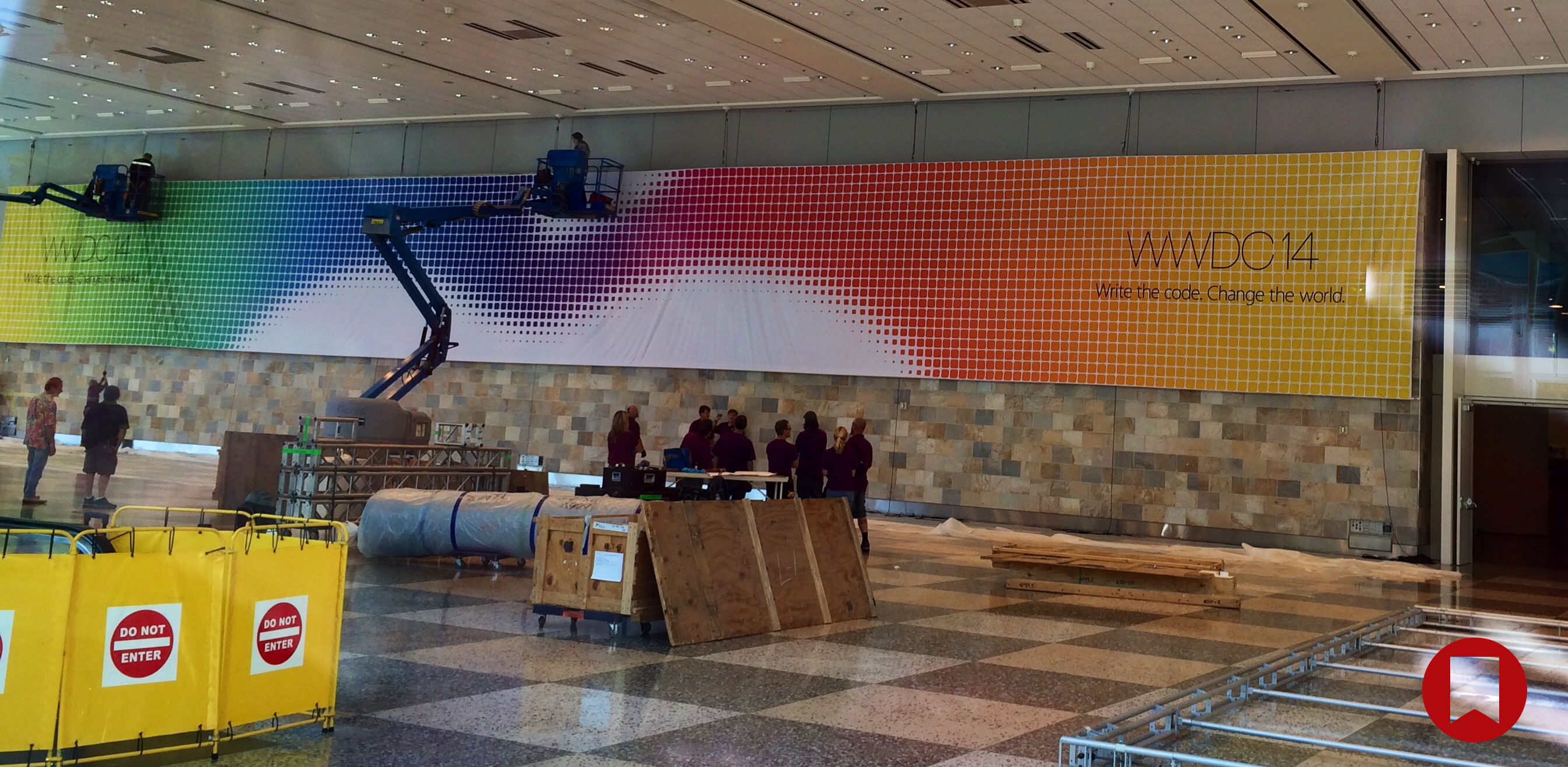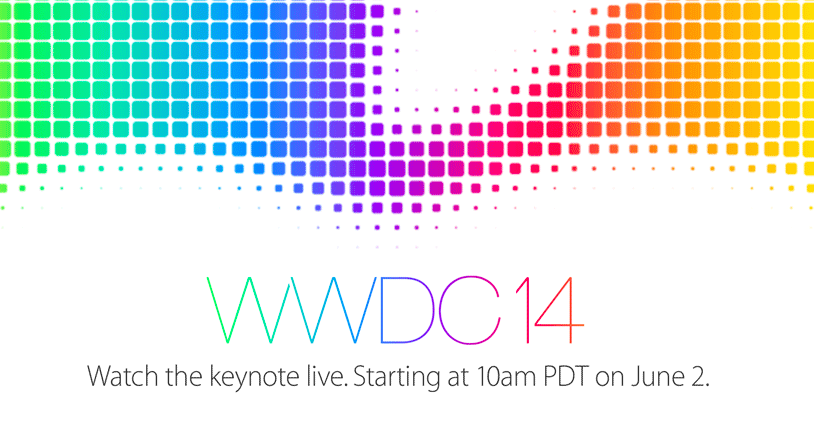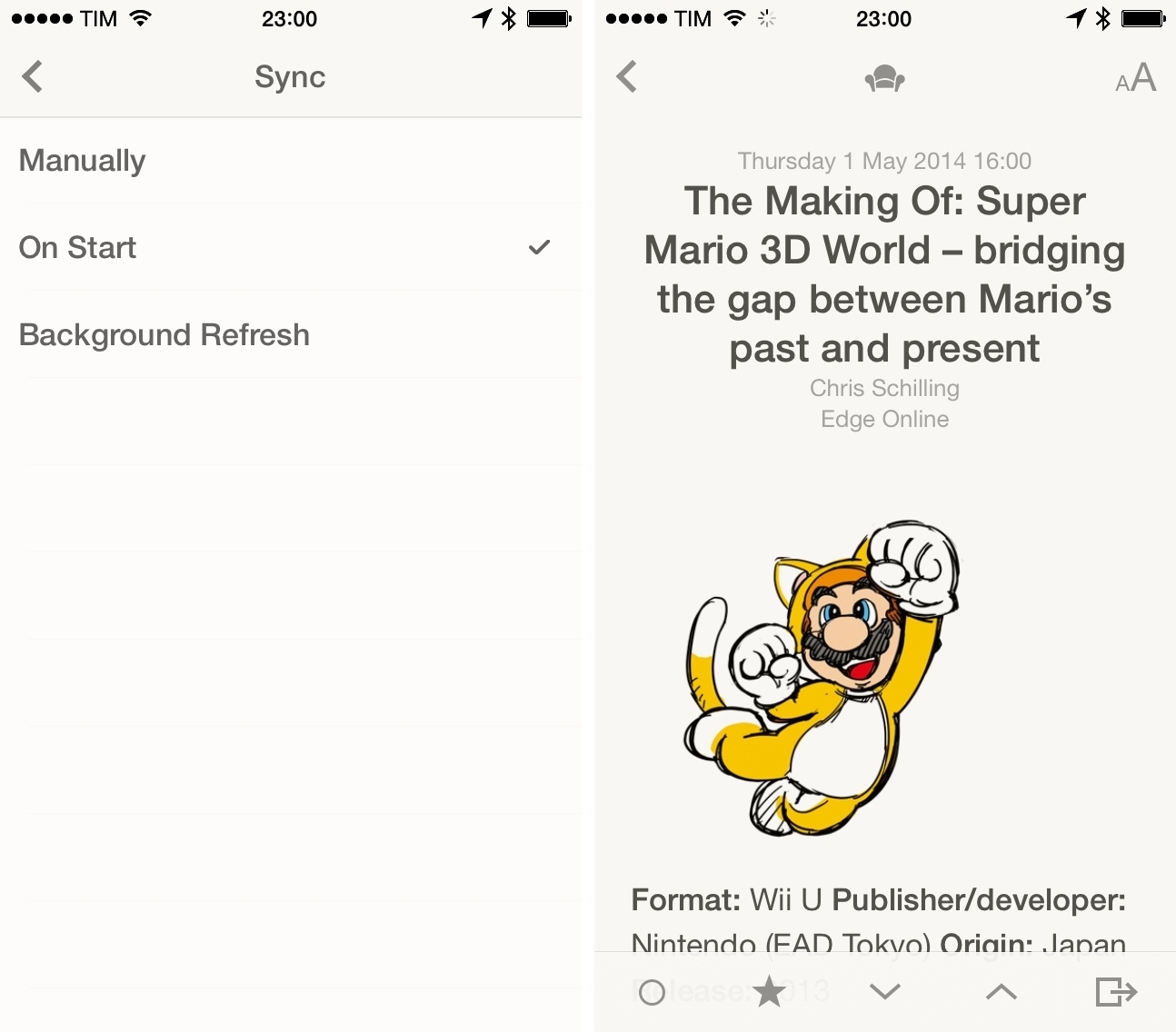A couple of weeks ago the issue of Apple’s In-App Purchase (IAP) policy once again came into focus when ComiXology was purchased by Amazon and subsequently removed the ability to purchase comics within their iOS apps using IAPs. I think it is safe to say that there was quite an outcry from ardent ComiXology users and others who follow the news of the technology industry.
The reaction was mostly negative, or at least one of dissapointment. Depending on any one person’s views (or perhaps corporate allegiances), either Amazon was evil, Apple was evil, ComiXology was evil, or they were all evil and “once again” users lose out. I’m being overly dramatic here, but you get the picture: people (generally) weren’t happy with the change. If you want to read more about the specific issues at play in the ComiXology changes, I highly recommend Moises Chiullan’s article at Macworld.
Amazon is not absorbing, nor can it contractually subsume the 30 percent that gets paid to Apple from in-app purchases: By purchasing ComiXology what was previously ComiXology’s “piece of the pie” is now Amazon’s. That piece grows, but the publisher’s portion also grows, and therefore the amount that can be paid out to creators is larger. I asked ComiXology’s Mosher directly: Will the reduced overhead mean that more revenue can and will go to creators, whether they’re big-time publishers or independent creators? “Yes,” he said. (Macworld)
For me, the ComiXology issues once again highlighted the complexity for Apple (and others) of coming up with a policy for IAPs that is appropriate. I’ve always thought that the current policy leaves something to be desired because in a certain set of narrow (but high profile) circumstances, it results in situations that inconvenience or disadvantage the user.
So with all that in mind, I want to explain what the current policy is and the problems that it causes. Then, I will run through some potential alternative rules and highlight their respective benefits and drawbacks.
Read more






